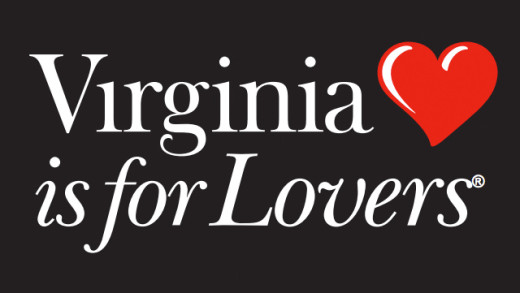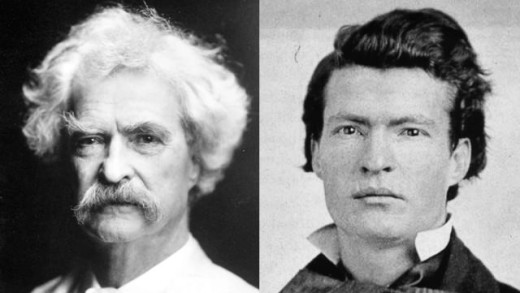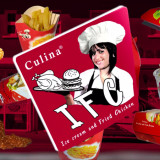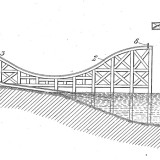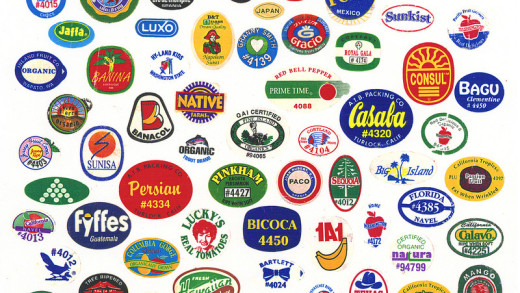4 vintage food ads where companies brag about things they’d try to hide today
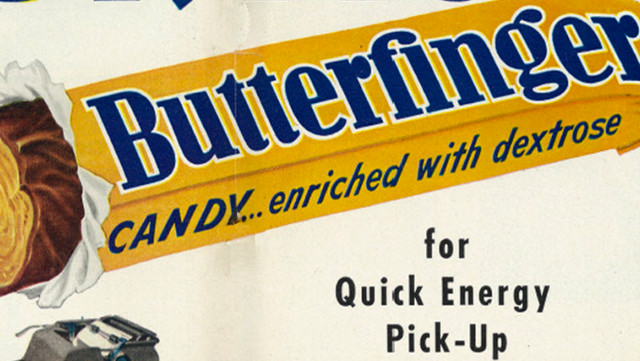
If you were to make a list of today’s top food advertising words, local, organic, sustainable, and healthy would probably hit the top (along with a couple of spots for how the food actually tastes). But you wouldn’t see what these four vintage ads brag about.
See what 1950s America was proud of, and learn why they thought it was a selling point. Just don’t do it while you’e eating.
1. Calories, and lots of them!
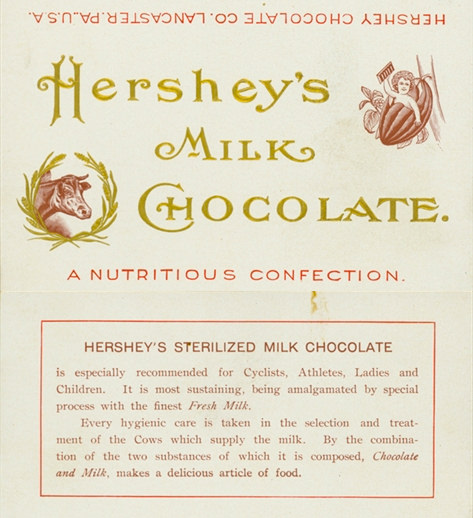
We’re so used to calorie-conscious food that anything different feels like blasphemy. But companies used to trumpet their calories rather than hide them.
Early Hershey wrappers bragged that their product was “more sustaining than meat” and had crucial energy for “cyclists, athletes, ladies, and children.” Why brag about calories? At the time, health was key in food marketing, and getting a lot of energy for a low price was an appealing proposition. People needed calories because they weren’t drowning in them like we are today.
The same logic drove Pepsi to brag in 1942 that their drink had the “quick food energy” to win the war. They even included a handy calorie chart showing that they could offer more calories for less.
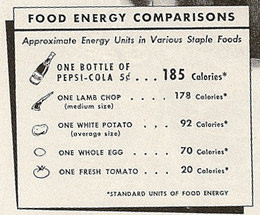
2. Dextrose, sweet dextrose!
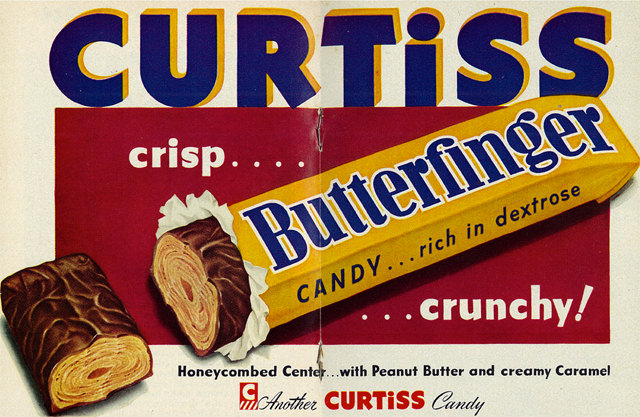
Though some forms of dextrose are trendy in foodie circles, it’s mostly known as the chalky, sugar-like artificial flavoring in stuff like Smarties. Also called glucose, it’s boring at best and unhealthy at worst. That didn’t stop 1950s food manufacturers from selling Dextrose as a huge positive.
At the time, companies were shifting from sugar to corn-derivatives like dextrose. Dextrose offered cheaper corn-based sweetening, but the public didn’t know what it was. Candy-makers like Curtiss, which also made Baby Ruth, leaned into dextrose, even boasting that “Baby Ruth is good for you, because it’s rich in dextrose, the sugar your body uses directly for energy.”
3. Corn syrup, not sugar!
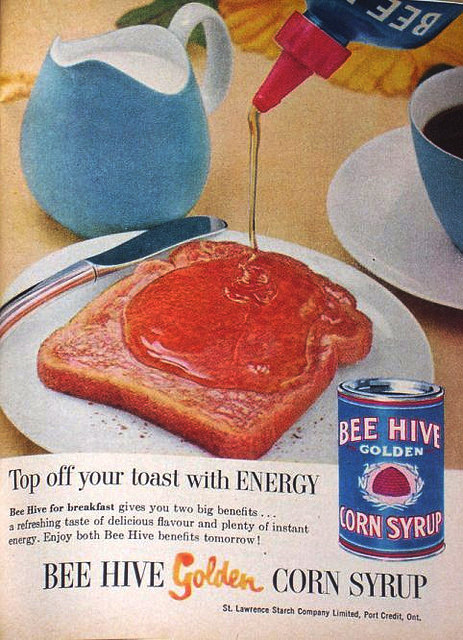
Like dextrose, corn syrup was a byproduct of the switchover from cane sugar to corn. While there’s no more maligned product today than high fructose corn syrup, it was all the rage when it first came out (or at least a few companies tried to make it a hit).
Beehive proudly offered their corn syrup to “top off your toast with energy!” Don’t have sugar around for baking? Another ad suggests that corn syrup “pinch hit.” Karo syrup even promoted a “fabulous formula diet” using their corn syrup.
4. Don’t worry—our food is factory farmed!
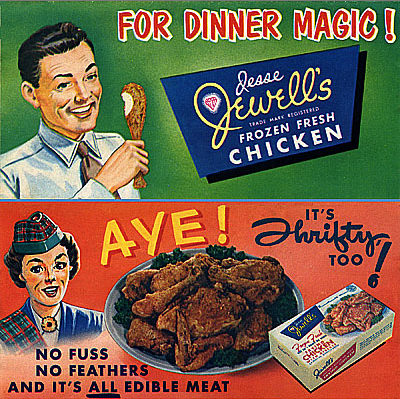
It’s no secret that free-range and organic are the buzziest concepts in food. That’s why an ad boasting about factory farming is so surprising.
The beginning of this 1950s chicken ad is normal enough (as seen above). But the second half would be completely bizarre today.
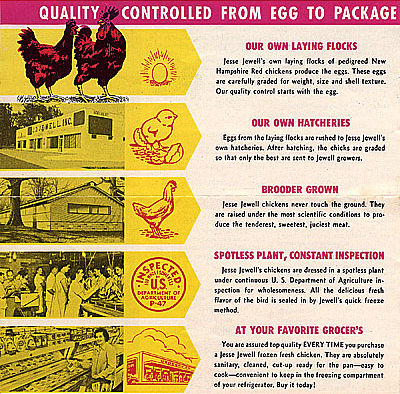
The ad is happy to note that “Jesse Jewell chickens never touch the ground,” and they are raised in “the most scientific conditions.” At the time, factory farming was an innovation rather than a scourge.
Though it’s complicated why things have changed in the past 60 years, one thing is certain: in the future, our ads will probably be judged just as harshly. We just don’t know why yet.


